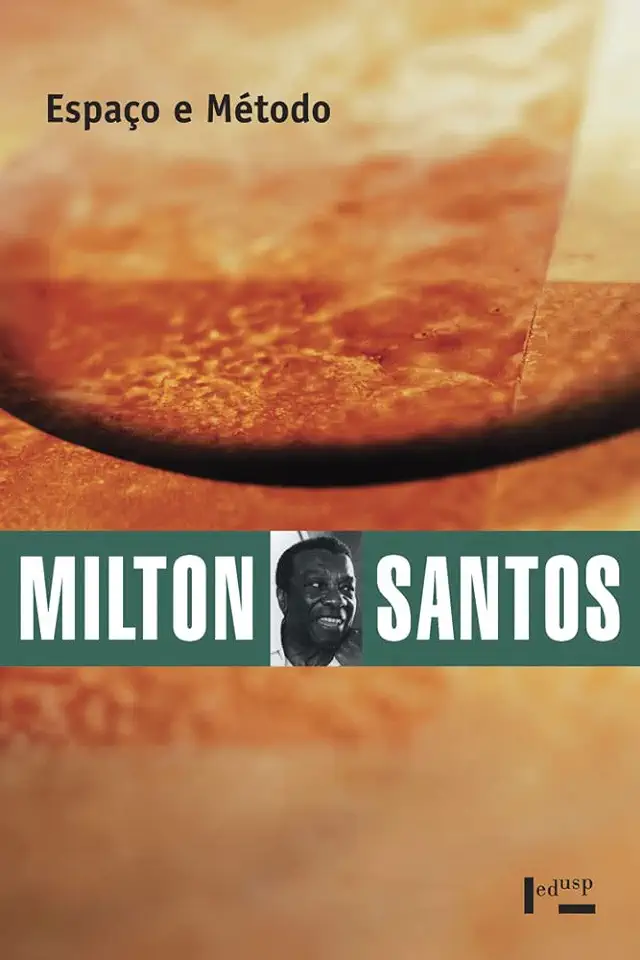
Space and Method - Milton Santos
Space and Method: A Critical Approach to the Study of Space
Introduction
In his seminal work, "Space and Method," Milton Santos presents a groundbreaking approach to understanding the relationship between space and society. Santos argues that space is not a neutral backdrop for human activity, but rather a dynamic and contested terrain that is shaped by social, economic, and political forces. He develops a critical methodology for analyzing space that takes into account the multiple dimensions of spatial experience, including the physical, social, and symbolic.
Key Concepts
Santos introduces a number of key concepts that are central to his analysis of space. These include:
- Territory: Santos defines territory as a space that is appropriated and controlled by a particular group of people. Territory can be defined by physical boundaries, such as borders, or by social and cultural boundaries, such as language or religion.
- Place: Place is a specific location that is invested with meaning and significance. Places can be natural, such as a mountain or a river, or they can be human-made, such as a city or a house.
- Network: Networks are systems of interconnected nodes and links that facilitate the movement of people, goods, and information. Networks can be physical, such as roads and railways, or they can be virtual, such as the internet.
- Scale: Scale refers to the level of analysis at which space is studied. Santos argues that it is important to consider space at multiple scales, from the local to the global, in order to understand its complexity.
Methodology
Santos develops a critical methodology for analyzing space that is based on the following principles:
- Dialectical materialism: Santos draws on the work of Karl Marx to develop a dialectical understanding of space. He argues that space is not a static entity, but rather a dynamic and contradictory process that is constantly being transformed by social and economic forces.
- Historical materialism: Santos also draws on the work of Marx to develop a historical understanding of space. He argues that space is not simply a product of nature, but rather a product of human history. Space is shaped by the ways in which people have organized themselves socially and economically over time.
- Structuralism: Santos uses structuralism to analyze the underlying structures that shape space. He argues that space is not simply a collection of objects, but rather a system of relationships that are organized according to certain rules and principles.
Applications
Santos's critical approach to the study of space has been applied to a wide range of topics, including:
- Urban planning: Santos's work has been used to develop more equitable and sustainable urban planning practices.
- Economic development: Santos's work has been used to understand the spatial dimensions of economic development and to promote more inclusive and sustainable economic policies.
- Environmental management: Santos's work has been used to develop more effective environmental management practices that take into account the spatial dimensions of environmental problems.
- Social justice: Santos's work has been used to promote social justice by understanding the spatial dimensions of inequality and discrimination.
Conclusion
"Space and Method" is a seminal work that has revolutionized the way we think about space. Santos's critical approach to the study of space provides a powerful tool for understanding the complex relationship between space and society. His work has been applied to a wide range of topics, and it continues to inspire new research and scholarship.
Why You Should Read This Book
If you are interested in understanding the world around you, then you should read "Space and Method." This book will give you a new way of seeing space and society. It will challenge your assumptions about the way the world works, and it will inspire you to think critically about the spatial dimensions of social, economic, and environmental problems.
"Space and Method" is a must-read for anyone who is interested in geography, urban planning, economic development, environmental management, or social justice. It is a classic work of scholarship that will continue to be relevant for years to come.